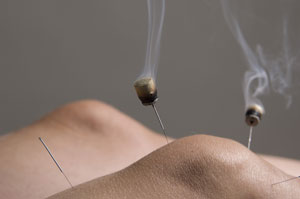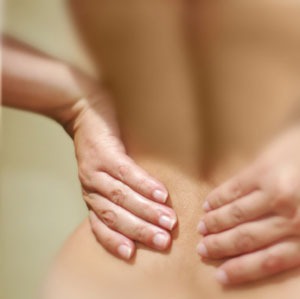Acupuncture for Pain Relief
Home > A-Z of Conditions Treated by an Acupuncturist > Acupuncture for Pain Relief
Acupuncture is widely used for the treatment of many painful conditions and is increasingly viewed as a useful adjunct to conventional medical treatment for pain relief.
 According to Arthritis Research UK, acupuncture is the most effective complementary and alternative medicine (CAM) for treating musculoskeletal conditions and particularly effective for treatment of osteoarthritis, low back pain and fibromyalgia.
According to Arthritis Research UK, acupuncture is the most effective complementary and alternative medicine (CAM) for treating musculoskeletal conditions and particularly effective for treatment of osteoarthritis, low back pain and fibromyalgia.
The NHS recommends acupuncture for the treatment of chronic non-specific low back pain and for prevention of headaches and migraines in young people and adults. Acupuncture is used in most NHS Pain Clinics.
The World Health Organization (2003) lists many painful conditions for which acupuncture is proven through controlled clinical trials to be effective including period pain, stomach pain, facial pain, headache, neck and shoulder pain, elbow pain, knee pain, low back pain and sciatica, postoperative pain and rheumatoid arthritis.
Judy uses acupuncture to help clients with a range of health problems including many painful conditions. Click here to see an A-Z list of conditions treated.
FURTHER INFORMATION
 Acupuncture – the most effective form of CAM for musculoskeletal conditions. Journal of Chinese Medicine: Press Release (2013) www.jcm.co.uk/news/acupuncture-the-most-effective-form-of-cam-for-musculoskeletal-conditions
Acupuncture – the most effective form of CAM for musculoskeletal conditions. Journal of Chinese Medicine: Press Release (2013) www.jcm.co.uk/news/acupuncture-the-most-effective-form-of-cam-for-musculoskeletal-conditions
Backer, M & Hammes, MG (2010) Acupuncture in the treatment of pain – an integrative approach. Churchill Livingstone, Elsevier
National Institute for Health and Care Excellence (NICE) clinical guideline 150 – Headaches: Diagnosis and management of headaches in young people and adults (Sept 2012) www.nice.org.uk/guidance/cg150
 National Institute for Health and Care Excellence (NICE) clinical guideline 88 – Low back pain. (May 2009) www.nice.org.uk/CG88
National Institute for Health and Care Excellence (NICE) clinical guideline 88 – Low back pain. (May 2009) www.nice.org.uk/CG88
World Health Organization. Acupuncture: Review and Analysis of Reports on Controlled Clinical Trials (2003), 87pp. Full report http://apps.who.int/medicinedocs/pdf/s4926e/s4926e.pdf



